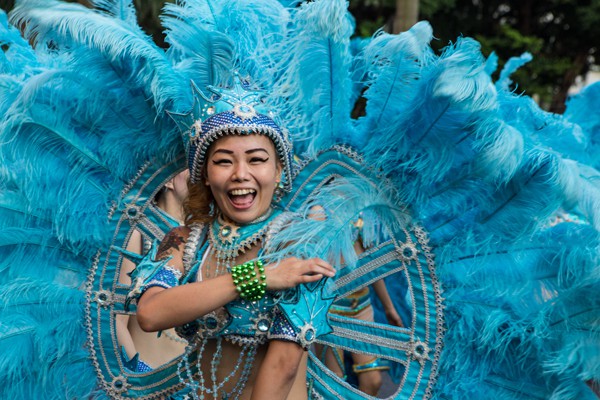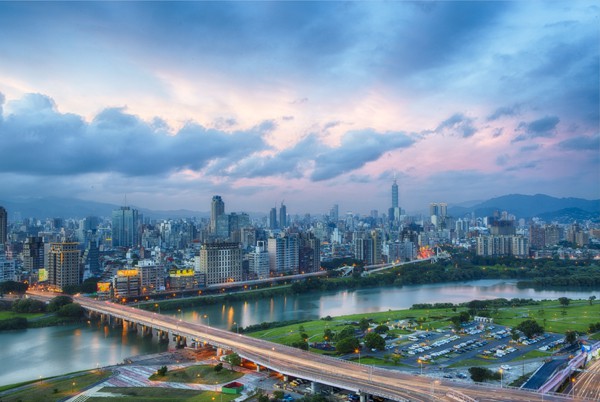Share
Photographing the Beauty & Diversity of Taiwan
Photo by Craig Ferguson Editorial and travel photographer Craig Ferguson moved to South East Asia after graduating college almost two decades ago ...

Editorial and travel photographer Craig Ferguson moved to South East Asia after graduating college almost two decades ago and hasn’t looked back since. Today, Craig lives in Taipei, Taiwan and has fallen completely in love with its culture, people, food, and his lovely wife Selina.
Moved by the beauty and diversity of Taiwan, Craig turned to Lattice, our new storytelling platform, to share his perspective on the country he loves. Craig’s Lattice board, Taiwan, features “Asia’s hidden gems” including the landscapes, people, food, and culture, giving anyone who visits the board a sense of why Taiwan is so special.
We caught up with Craig to find out why Taiwan is a meaningful place to photograph.
What story about Taiwan and its people did you want to tell through your Lattice board?
Taiwan tends to be an overlooked part of Asia. People will come here for short business trips but it doesn’t really attract tourists and travelers in the way other parts of Asia do. So when I began putting the board together, I did it with that in mind. For travel photography, a lot of the “famous” sites have been done to death. Hundreds of photographers will line up shoulder to shoulder to photograph the sunrise at Angkor Wat for instance, or any other notable location you can think of. For me, part of travel photography is to find and photograph places that aren’t so visible, and I think Taiwan is fantastic for this because it sits so far off the typical travel routes people take.
What’s the tone you wanted to convey? Why?
I wanted to convey the diversity of Taiwan. It’s been claimed that traditional Chinese culture is better preserved in Taiwan than it is in China itself. Add to that a modern high-tech urban culture, a wide variety of food, some incredible landscapes and nature scenes, and an open, welcoming population, and you have a diverse place that offers something for everyone.
Why is this region a special place to you?
That’s a tough one to answer. When I first visited Taiwan back in 2003, I had no idea I’d be here so long, but now 12 years later I am still living here, married to a Taiwanese citizen and likely to be here permanently. There’s something about the lifestyle here that agrees with me but I can’t really say exactly what. There’s a mix of convenience, friendliness, ultra-modern life blended with traditional cultures that really appeals.
What image in your board do you think represents Taiwan best? Why?
It would be this one:
Taiwan traditionally follows the same religion as other Chinese communities throughout the world, but these guys are unique to Taiwan. They are temple guardians and are regularly seen in religious festivals and temple parades that take place. They aren’t seen so often these days in Taipei, as like any big city, traditions take on less importance in modern life although there are still a few big festivals each year they can be found at. But head out of the capital and into the smaller towns and cities, or the countryside areas, and these guys often appear to celebrate a particular temple holiday or festival.
Tell us about your own experience photographing Taiwan. What did you enjoy about capturing the area? Any challenges?
One of the biggest challenges is often knowing when an event is taking place. It’s not only the language issue, with Mandarin Chinese being the official language, but the fact that a lot of events are not well advertised and are as much word of mouth as anything. Many festivals follow the Chinese lunar calendar, but even when you convert the date into the regular calendar, it can still be difficult knowing what time something takes place at. In terms of enjoyment, it’s probably the range of different things that take place in the same area. You can be photographing the largest gay pride march in Asia and then turn a street corner and come across a temple ritual that’s 300 years old. Nothing is ever boring.
Feeling inspired? Head over to Lattice to share your own stories.






